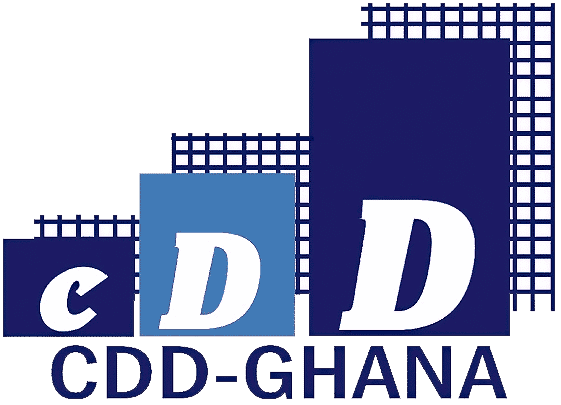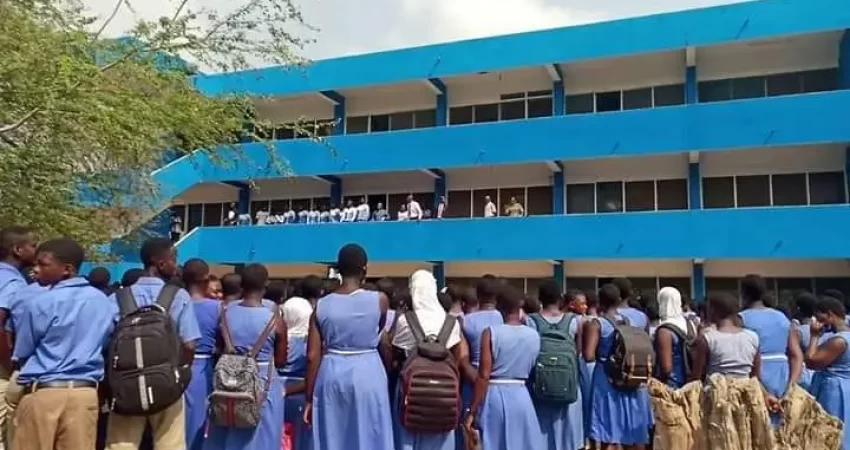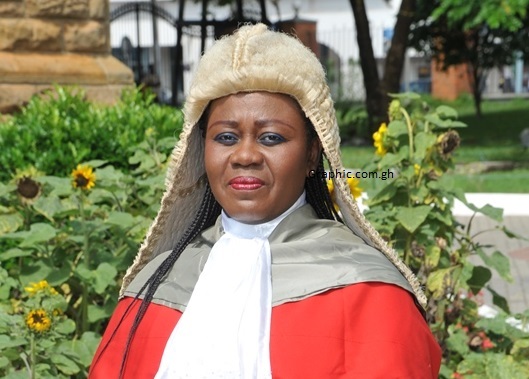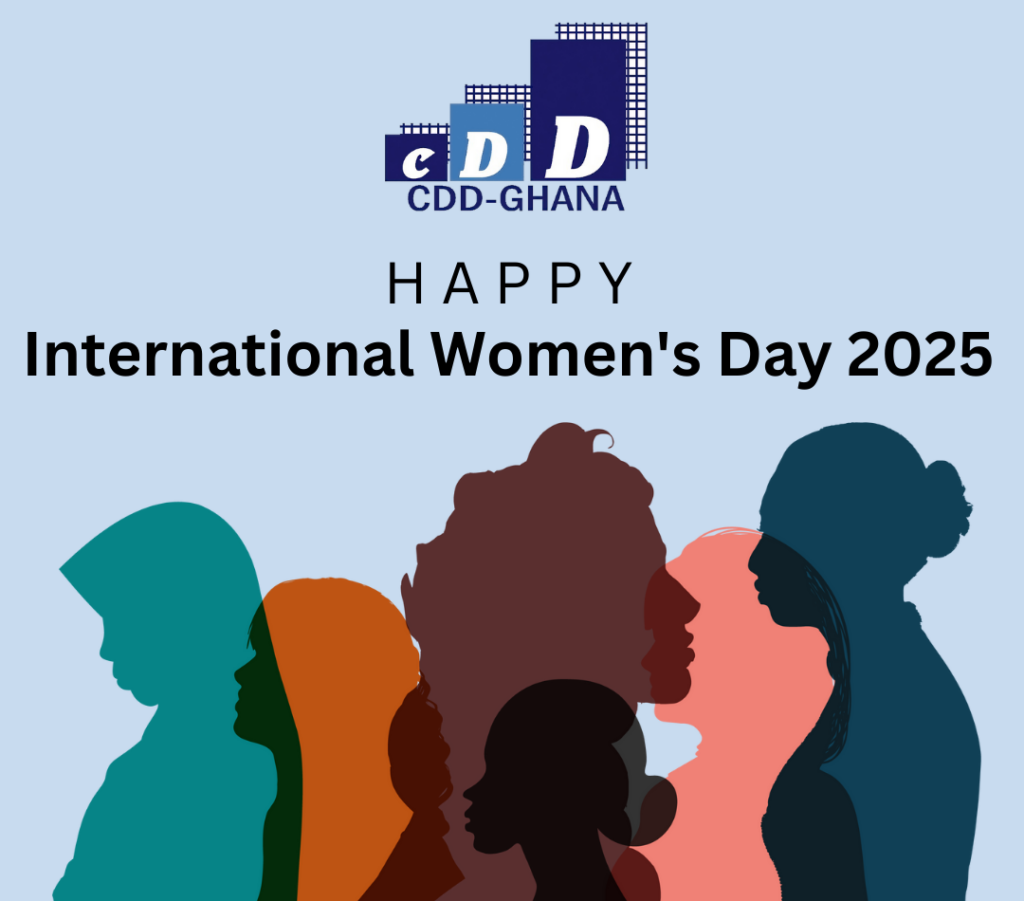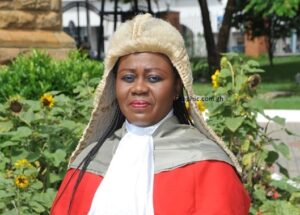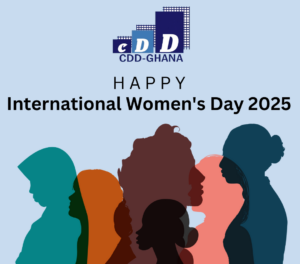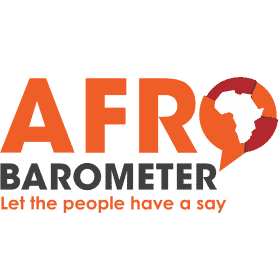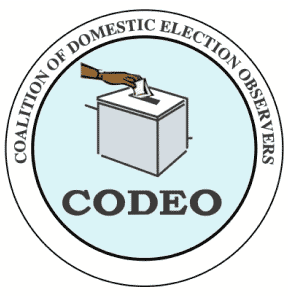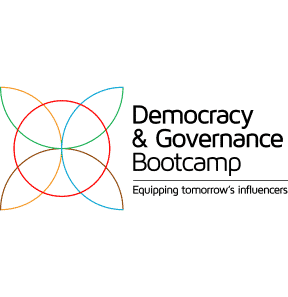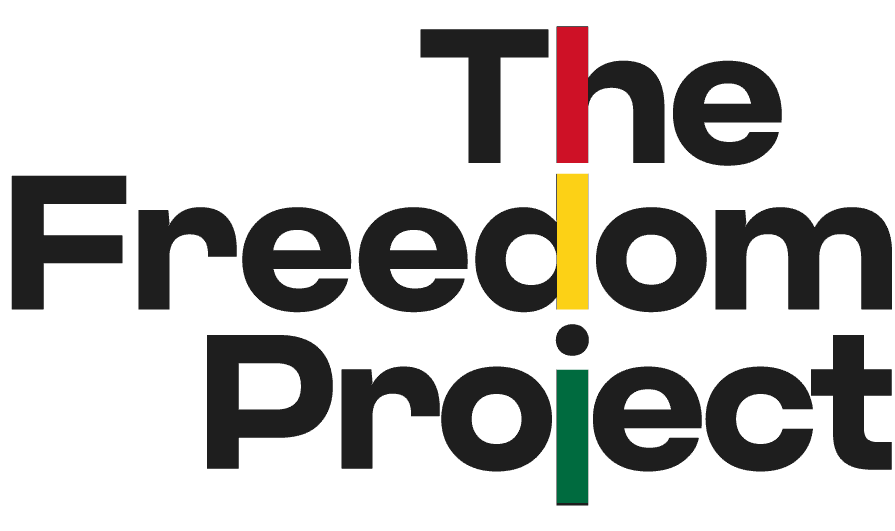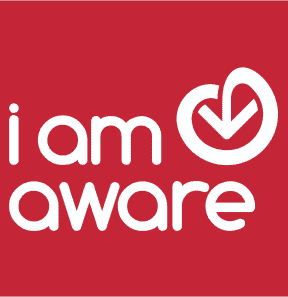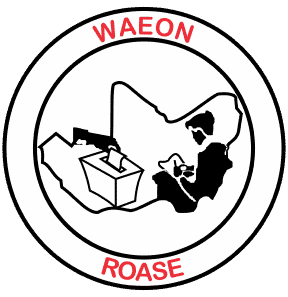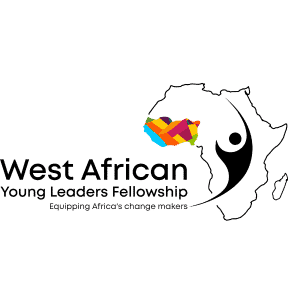Against the backdrop of the current fiscal challenges, the cost of one of government’s flagship programs – Free SHS– has emerged with suggestions to make modifications to the program. The suggestions are driven by a simple fiscal imperative – relieving government of the fiscal burden it faces to fund flagship programs in the current environment.
As I often do, I turn to the Afrobarometer Survey, which Ghana has participated in since its inception in 1999, to capture the voice of Ghanaians on this critically important government flagship program.
Who Should Get Free SHS?
In Round 8 (2019), the survey asked respondents to state the extent of their agreement or disagreement with the following statement –“In implementing the free SHS policy, the government should have targeted only the poor who otherwise will not be able to pay for secondary education.” Opinions were very closely divided – 48% agreed while 46% disagreed. The remaining were either neutral (5%) or said they did not know (1%). I probed the data further. Brace yourself, for several figures.
Among Ghanaians living in the rural areas, the split was 48% agree to 44% disagree. In the urban areas, it was 48% disagree to 47% agree. In the coastal development belt, it was 48% disagree to 45% agree. In the northern development belt, it was 57% agree to 31% disagree. In the middle belt it was 50% agree to 47% disagree.
Among men, 48% agreed, 47% disagreed. Among women, 48% agreed, 45% disagreed. Households with 1-3 children, disagreed (50%), whiles households with four or more children agreed (56%). Ghanaians with no lived poverty disagreed (54%), the rest agreed – low lived poverty (48%), moderate lived poverty (52%) and high lived poverty (59%).
Across the sixteen regions, agreement with a targeting of Free SHS to the poor varied as well. In Western, Western North, Ashanti, Central, Volta and Northern regions, agreement ranged between 35% and 49%. In Greater Accra, Oti, Eastern, Savannah, Bono and Ahafo regions, agreement ranged between 51% and 59%. In Upper West, 62% agreed. In Upper East, 63% agreed.
Across the partisan divide, those who described themselves as feeling close to the NPP were split 42% agreed, 53% disagreed. Among those who described themselves as feeling close to the NDC, 37% agreed, 55% disagreed. Among those who described themselves as feeling close to other political parties, 39% agreed, 55% disagreed.
The illustrative point is simple – support for the targeting of Free SHS varies considerably.
Where Do We Go From Here?
In the same round of the Afrobarometer survey, 87% of Ghanaians agreed/strongly agreed that the Free SHS policy has created opportunity for many who otherwise would not have been able to pay for secondary education. This for me is a strong indication that, in principle, Ghanaians do not generally have qualms about the program.
Without the current fiscal challenges facing government, it is hard to imagine a re-emerging debate about Free SHS with an emphasis of the cost burden of the program. Nonetheless public policy must not shy away from post implementation debates when they emerge.
What will happen to Free SHS? Public policy is such that certain programs are difficult to undo, especially if undoing it comes with punitive political consequences. It is the reason I suspect the main concern is about fiscal sustainability and not complete abolishing of the program.
Is targeting, or as we say in public policy, means testing, the solution? I have often argued that means testing works if two conditions are present. First, citizens report their income and second, the government has the capacity to verify the incomes reported. Complicating these two conditions is the size of the informal sector of the economy compared to that of the formal economy. If this can be done, then targeting will work. You will be able to determine who has the ability to pay and who does not.
The idea advanced by the Institute of Economic Affairs (IEA) on cost sharing is interesting. Cost sharing will still have to confront the question of how many parents and guardians can pick up their portion of the shared cost, bringing us back to how to conduct the ability to pay test. But in principle, I can support a cost sharing arrangement with government picking up the greater share of the cost.
The policy objective of the Free SHS program is noble – expanding access to senior secondary education by removing barriers. If cost is a barrier, then I understand the policy response of making it free. After five years, the cost burden is clear. I don’t believe this, or subsequent governments will completely undo the program. I however believe that a tweak to the program will occur someday. How will that tweak look like? Only time will tell.
 Dr. Osae-Kwapong is a Democracy & Development Fellow at CDD-Ghana
Dr. Osae-Kwapong is a Democracy & Development Fellow at CDD-Ghana
